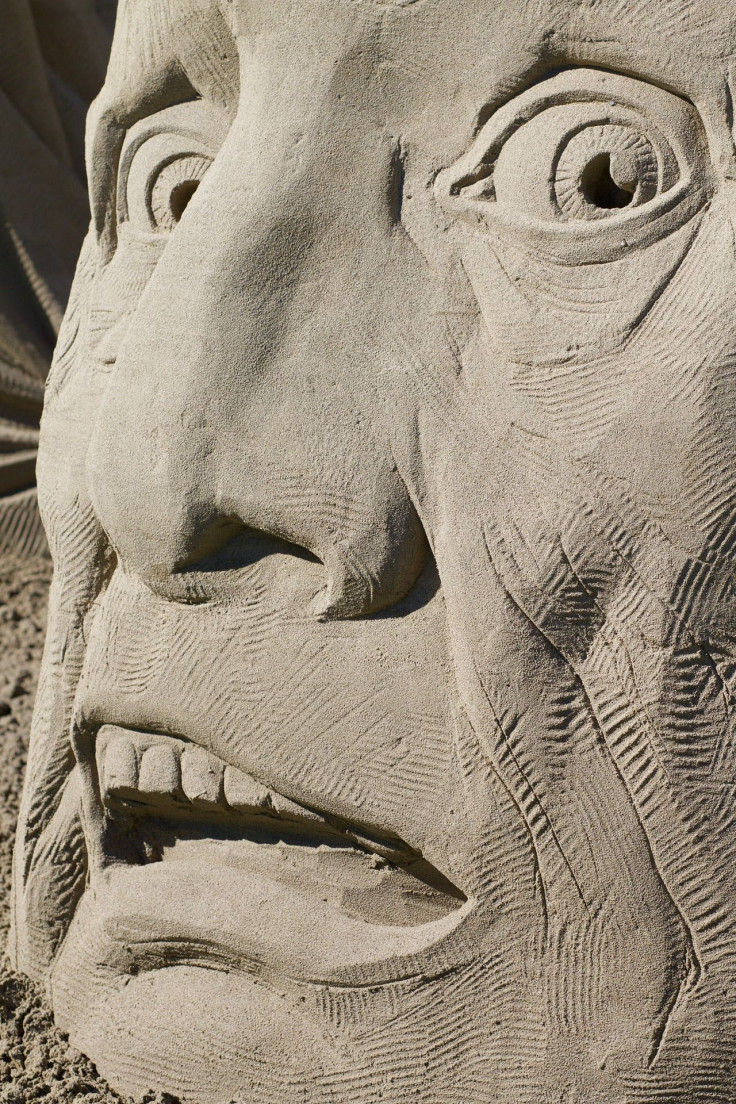Self-Control And The Human Brain: The Neuroscience Of Impulse Control

Scientists have found the mechanism in our brains that helps us control our instincts.
The researchers from the European Molecular Biology Laboratory discovered “prominent connections” between two parts of the brain: the prefrontal cortex and the brainstem, which is at the base of the organ and leads to the spinal cord. According to a statement from the lab, experts already knew that the brainstem was involved in instinctual behavior and suspected that the prefrontal cortex played a role in how we control it, but did not understand how the latter region did that. By using a mouse brain, the group “traced connections between neurons” to find the link.
Read: Boost Your Brain Power With Pokémon
Specifically, the study in Nature Neuroscience says the scientists studied the brains of mice experiencing “social defeat,” (the human equivalent of bullying), something that would guide instinctual behavior, and found which connections were operating between the prefrontal cortex and the part of the brainstem that is involved in defensive responses. “Social defeat caused a weakening of functional connectivity between these two areas,” the authors write. Weaker connections mean the mice would act more on those defensive behaviors, adapting based upon their experiences.
The team was also able to cause a fear-based response in their mice by using drugs — instead of social defeat — to block the connection between the two brain regions.
“Instincts like fear and sex are important, but you don’t want to be acting on them all the time,” researcher Cornelius Gross said in the laboratory’s statement. “We need to be able to dynamically control our instinctive behaviours, depending on the situation.”

The link between the prefrontal cortex and the brainstem is what helps us fight off the instinct to run away from situations that make us nervous, like public speaking, for example. But it only helps us stop the impulsive behavior, not the feelings that come with it. According to the lab, the connection does not run to the hypothalamus, which is the region of the brain that allows us to control our feelings and emotions.
“So the prefrontal cortex keeps behaviour in check, but doesn’t affect the underlying instinctive feeling,” the lab says. In other words, you may be able to stop yourself from fleeing a stressful situation, but you will still feel nervous.
The authors hope their findings will help understand how self-control develops in children, who are known for being more impulsive, and how it affects mental illnesses like schizophrenia and depression, or other mood disorders in which self-control and the prefrontal cortex may play a role.
“We’re trying to figure out how this inhibition comes about, especially as many mental illnesses like mood disorders are typically adult-onset,” Gross said.
The research is not the first to dig into the regions of the brain that guide self-control. A recent study found that self-control was linked to selfishness and is influenced by the social decision-making part of the brain that lies where the parietal and temporal lobes meet. Social decision-making would include acts of community and selflessness, or even acting in the interest of your future self, and it involves a person overcoming the impulse to satisfy their own current needs. Those researchers suggested that being more generous with others could improve your own self-control.
Source: Gross CT, Franklin TB, Silva BA, et al. Prefrontal cortical control of a brainstem social behavior circuit. Nature Neuroscience. 2017.
See also:



























